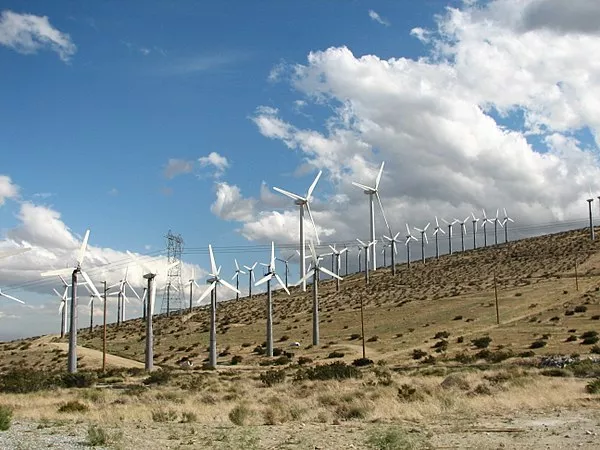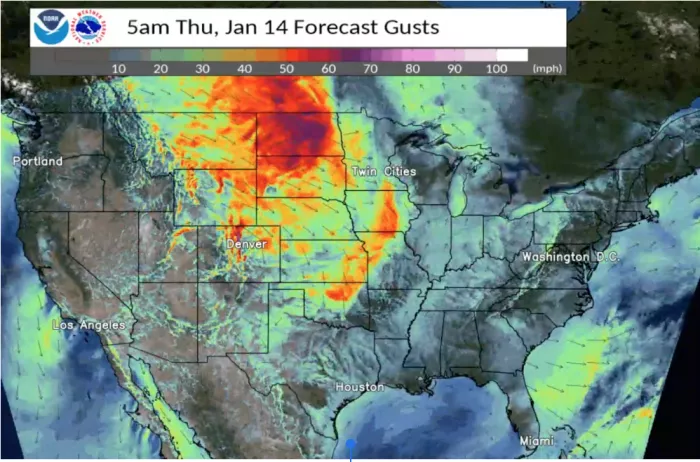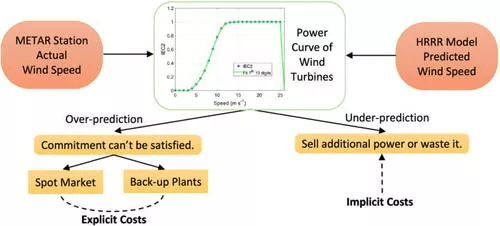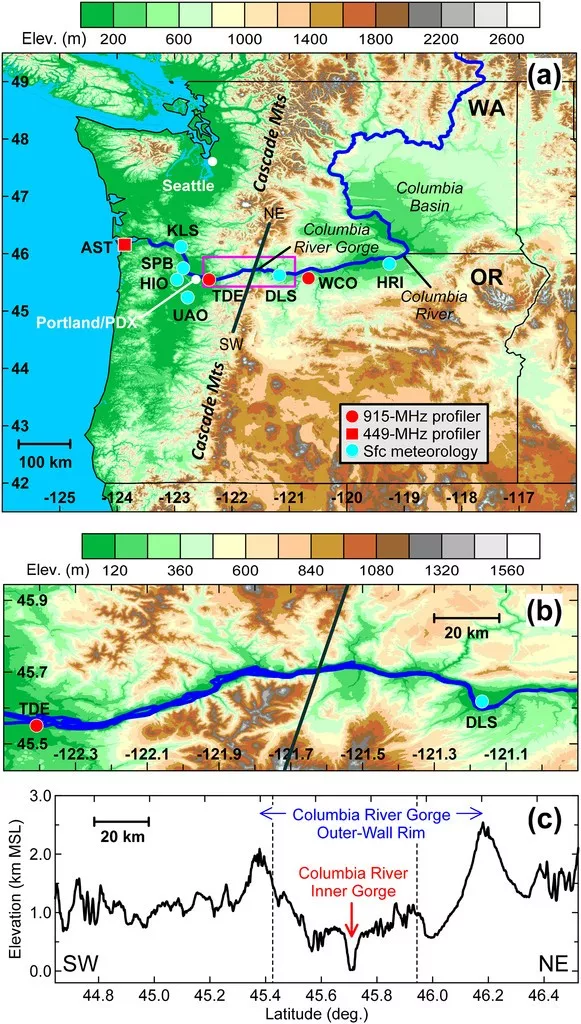A new study Found that better wind forecasts could save American consumers hundreds of millions of dollars in collective utility bills each year The cost of wind energy has fallen sharply due to more efficient turbines, but there is still a major obstacle to overcome in renewable energy: intermittency. Unlike coal-fired and gas-fired power plants, wind and solar power plants can only produce large amounts of electricity when weather permits.

Therefore, accurate weather forecast is crucial for power companies to plan how much wind energy they have on any day. Wind energy has grown rapidly to nearly 10% of the U.S. electricity mix today. The Biden administration's goal is to achieve a carbon free energy network by 2035, and more accurate forecasts can help wind energy become a larger part of the portfolio.
In order to avoid blackouts, power companies continue to try to balance power supply and demand, which is the role of forecasting. If forecasts show windy days, utility companies can use this energy to meet consumer demand. They usually choose the most affordable energy, and wind energy is one of the cheapest energy sources in the United States. (in most parts of the world, renewable energy is now cheaper than fossil fuels.) On the other hand, if forecasts warn of weakening winds, utility companies will plan to purchase electricity from other potentially more expensive sources of energy.

The cost of miscalculation is high. If less wind energy is available than originally predicted, utility companies may have to pay an extra high price to buy electricity in a short period of time to meet customer needs. If more wind energy is available than originally predicted, utility companies may unnecessarily buy more expensive electricity from thermal power plants. The costs associated with these bad weather forecasts are usually passed on to customers with higher energy bills.
Fortunately, through special research, prediction technology has been improved. In 2015, the U.S. Department of energy launched a four-year study to study the atmospheric processes that affect the prediction of wind power generation. The study provides information for an important weather model of the National Oceanic and Atmospheric Administration (NOAA), which provides hourly wind forecasts.

The model, known as high resolution fast refresh (hrrr), has been updated several times since 2015. The new study found that if the latest version of the model had been running, consumers would have saved $384 million between 2015 and 2018. This shows how valuable it is to continuously improve weather forecasts. For this study, the researchers compared the predictions of the model with real-time observations to see how the predictions improved over time. They then estimated potential cost savings for the utility sector and its customers.

These gains can grow
Across the United States (with an estimated 329 million people), each family saves little. However, these gains are likely to grow as forecasts improve and more affordable wind energy is launched in the United States.
Researchers are still trying to improve the prediction of renewable energy. The newer version of hrrr should be able to better predict the wind slope that occurs when the wind speed changes very rapidly. Another study is under way to see how more accurate predictions of clouds can also promote solar energy and reduce energy costs, the researchers said.